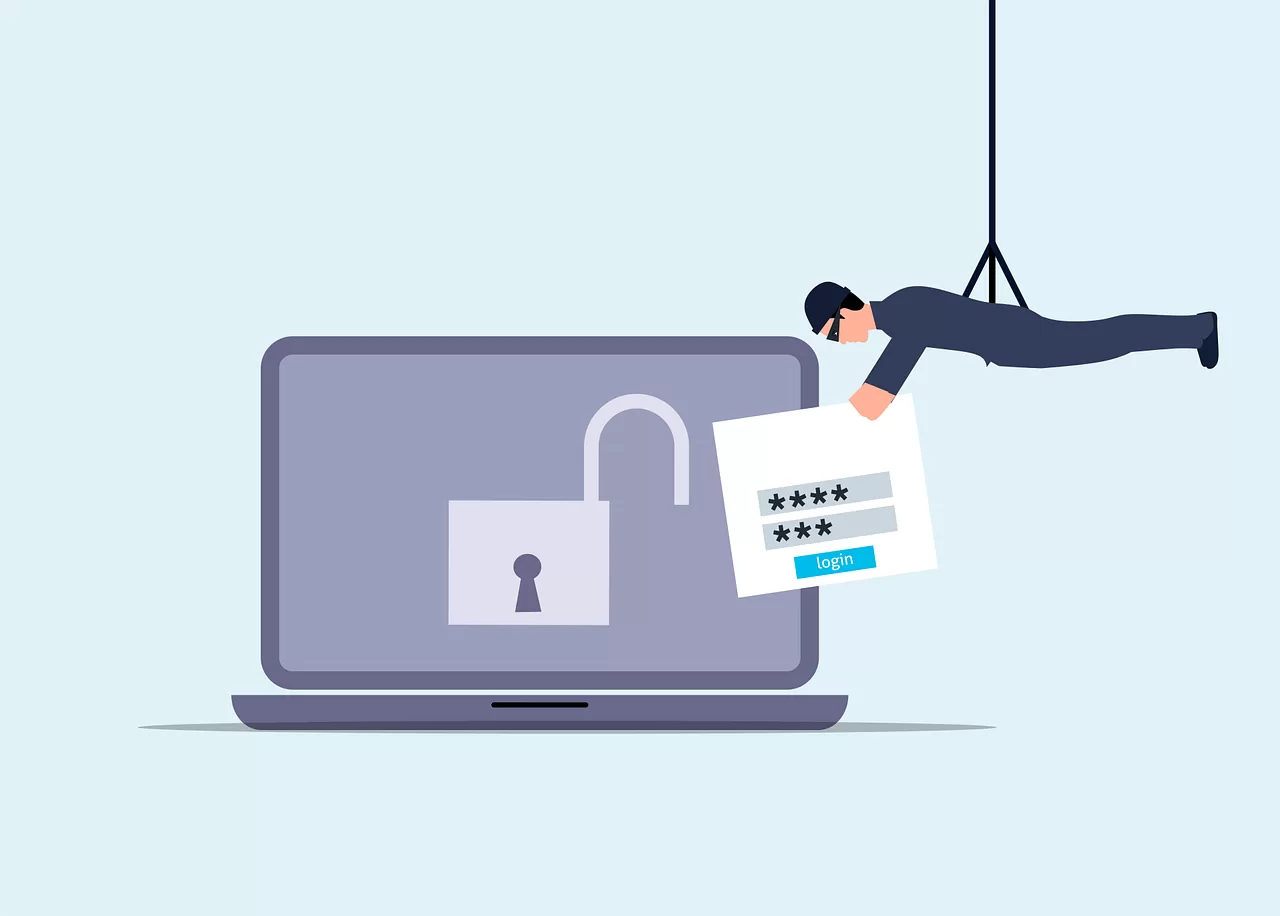Data breaches can seriously damage your business, leading to financial losses and a loss of trust from your customers. Let’s explore how they happen and, more importantly, how to prevent them.
What is a Data Breach?
A data breach occurs when sensitive information—such as names, emails, or credit card details—is stolen or exposed. This can harm both your customers and your business.
Why Should You Be Concerned About Data Breaches?
Data breaches can have severe consequences. They can cost your business money, erode customer confidence, and even lead to legal penalties. That’s why preventing them is essential.
How to Prevent a Data Breach
Here are 10 key steps to safeguard your data:
- Strengthen Your Passwords: Use long, complex passwords with a mix of letters, numbers, and symbols. Avoid reusing passwords across multiple accounts.
- Keep Software Up to Date: Enable automatic updates for your software and systems to patch security vulnerabilities as soon as fixes are available.
- Train Your Team: Educate employees on cybersecurity best practices, such as spotting phishing emails and avoiding suspicious links.
- Implement Encryption: Encryption scrambles data so only those with the proper decryption key can access it. Use encryption for sensitive information.
- Restrict Data Access: Not everyone in your organization needs access to all data. Limit access to only what employees need to perform their roles.
- Regularly Back Up Your Data: Store copies of important data in a secure location. Backups ensure you can recover information in case of theft or loss.
- Use a Firewall: A firewall acts as a protective barrier, blocking unauthorized access to your network. Keep it enabled at all times.
- Be Wary of Suspicious Emails: Phishing emails are a common attack method. Never click on unknown links or download unexpected attachments.
- Secure Your Wi-Fi Network: Use a strong, unique password for your Wi-Fi and change it regularly. Default router passwords should always be updated.
- Have a Response Plan: Prepare an incident response plan in case of a data breach. Identify key contacts and run drills to ensure a swift, effective response.
What to Do If a Data Breach Occurs
Even with strong security measures, breaches can still happen. If one occurs, act quickly:
- Inform affected customers immediately.
- Identify and fix the security vulnerability.
- Learn from the incident to strengthen your future security practices.
How Often Should You Review Your Security?
Cyber threats evolve constantly, so review your security policies at least once a month. Stay informed about emerging threats and best practices.
Are Small Businesses at Risk?
Absolutely. In fact, small businesses are prime targets for cybercriminals who assume they have weaker security. Regardless of size, every business needs robust protection.
What Tools Can Help Prevent Data Breaches?
Investing in cybersecurity may seem costly, but it’s far cheaper than dealing with a breach. Consider tools like:
- Firewalls and antivirus software
- Password managers
- Encryption solutions
- Security training programs
How Much Does Cybersecurity Cost?
The cost of prevention varies, but it is always more affordable than the financial and reputational damage caused by a breach. Think of it as an insurance policy for your business.
Stay Secure and Proactive
Protecting data is essential for both your business and your customers. Follow these steps to reduce the risk of data breaches and stay vigilant against new threats.
Need expert guidance? Get in touch with us today.
Article used with permission from The Technology Press.


Comments are closed